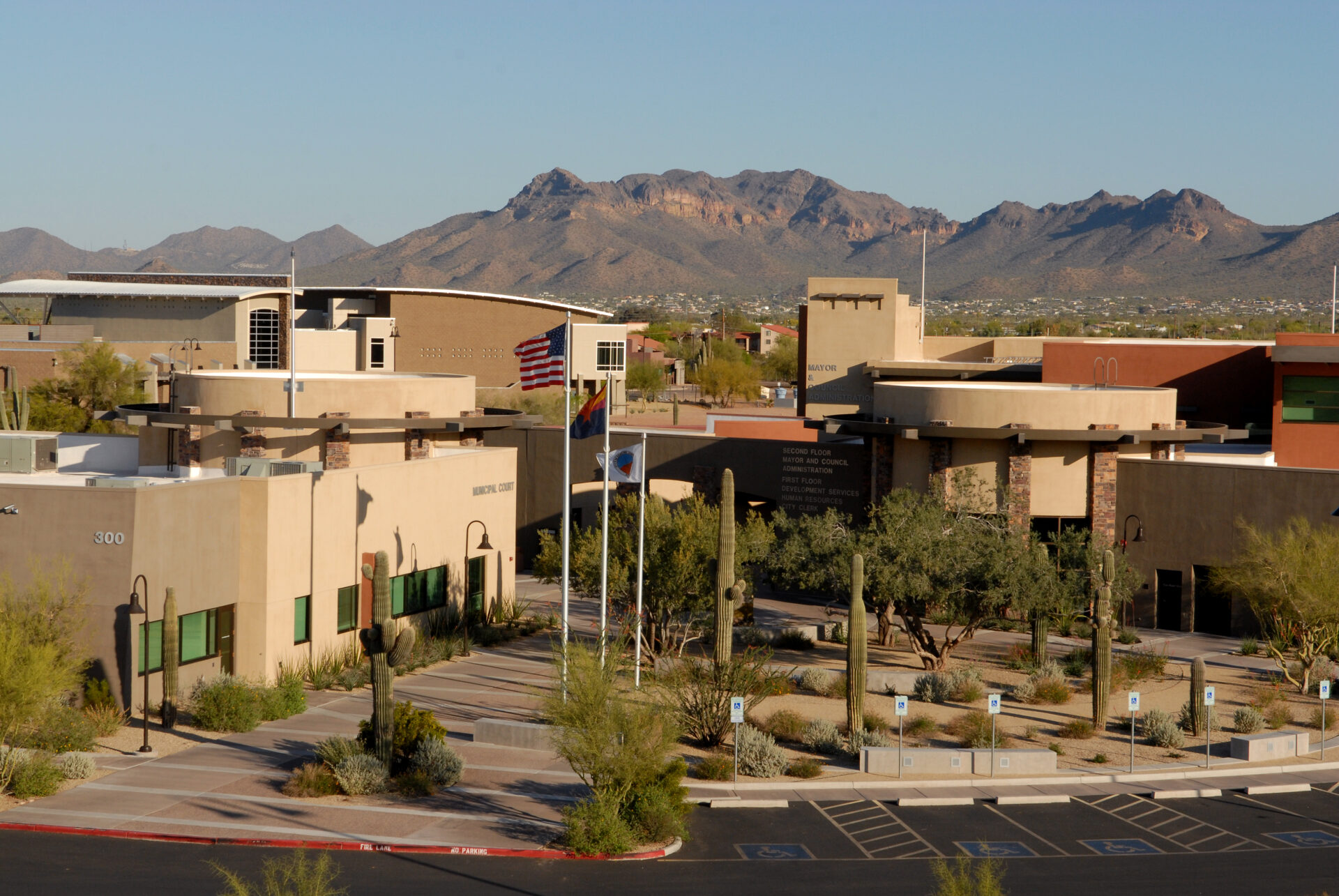
City of Apache Junction
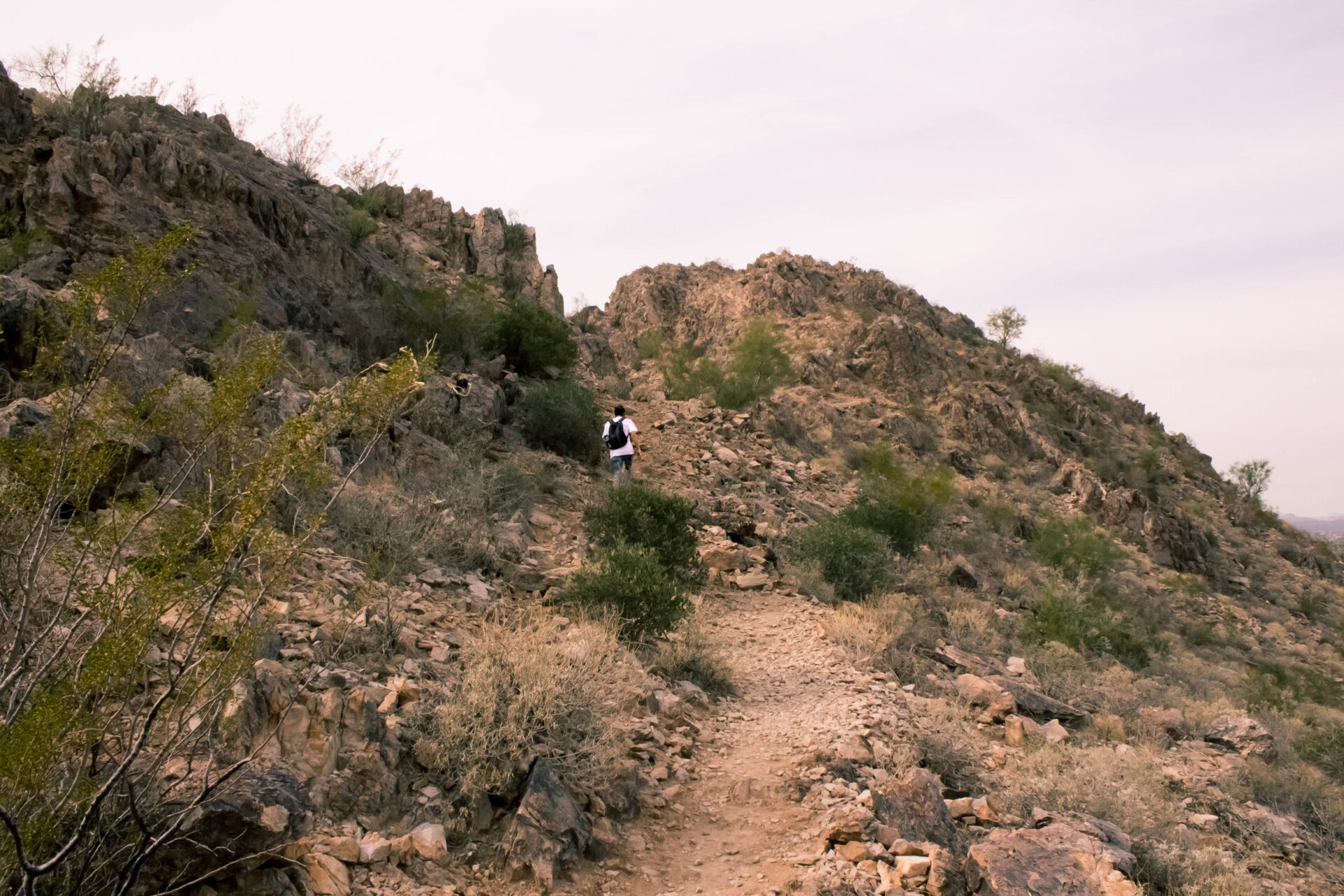
City of Apache Junction
2017 – 2018, 2024
Nestled at the foot of the Superstition Mountains, Apache Junction is strategically positioned as the eastern gateway into the Greater Phoenix metro area (Valley of the Sun) and the western entry to the Tonto National Forest’s recreation venues. The surrounding geography and western atmosphere draw more than half a million visitors through the city annually. From the mysterious stories of hidden treasures to the people who follow them, Apache Junction is surrounded by legends.

Invasive Species Communications Campaigns
Affordable and attainable housing
Taught by Deirdre Pfeiffer, Meagan Ehlenz, and Deborah Salon, two capstone students prepared a report on the current state of mobile home and RV park conditions in Apache Junction, and providing research-backed recommendations
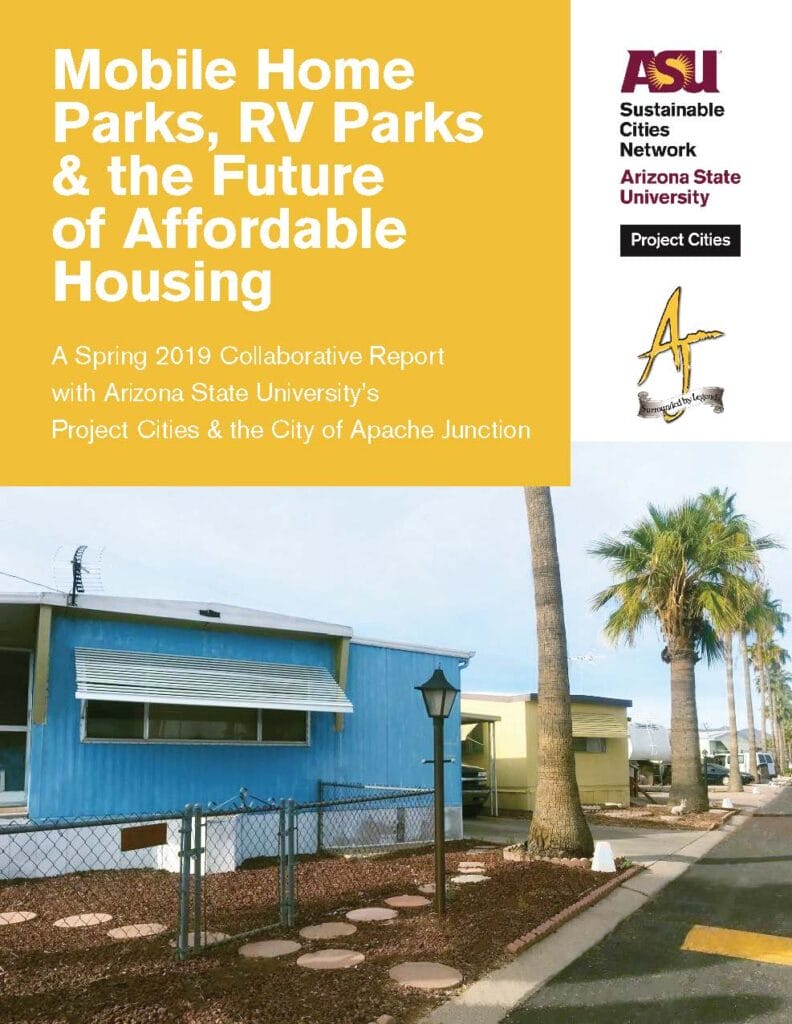
Mobile Home Parks, RV Parks & the Future of Affordable Housing
Municipal funding
Taught by Malcom Goggin, students pursued a variety of research topics, assessments, and analyses related to identifying new or under-utilized revenue sources.
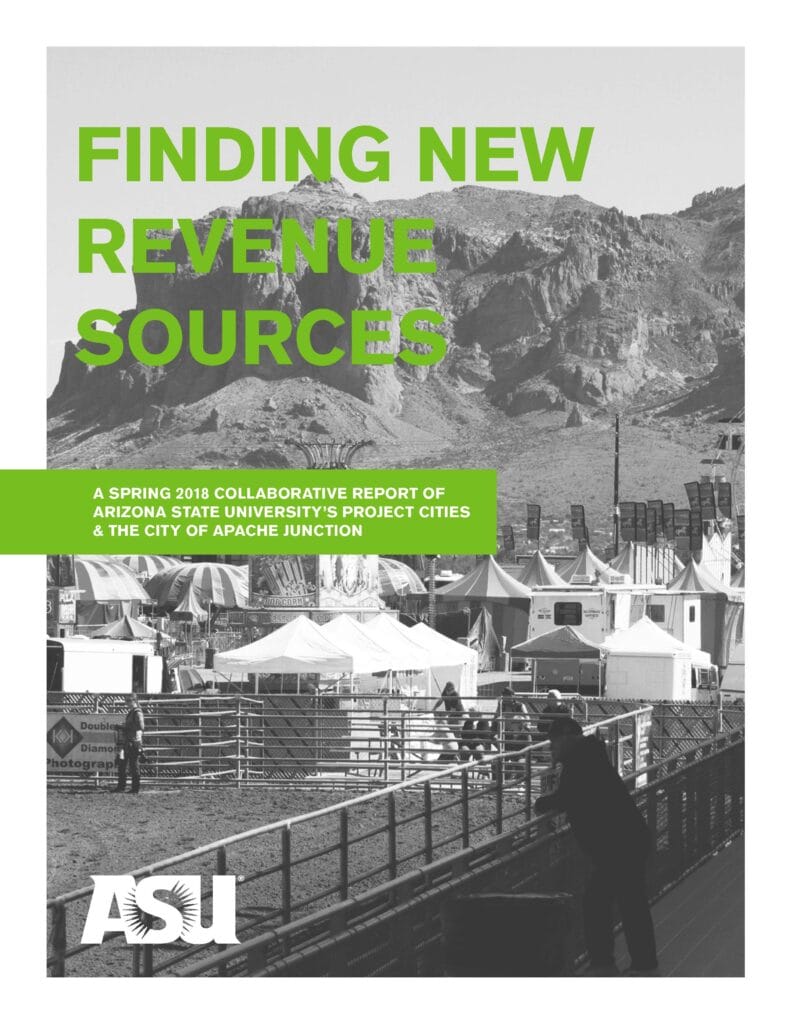
Finding New Revenue Sources
Sustainability planning
Taught by Sara Meerow, students developed a report with multiple chapters covering various themes of sustainable communities. Where data were available, students also calculated the STAR Communities Leading Indicators related to each of the themes.
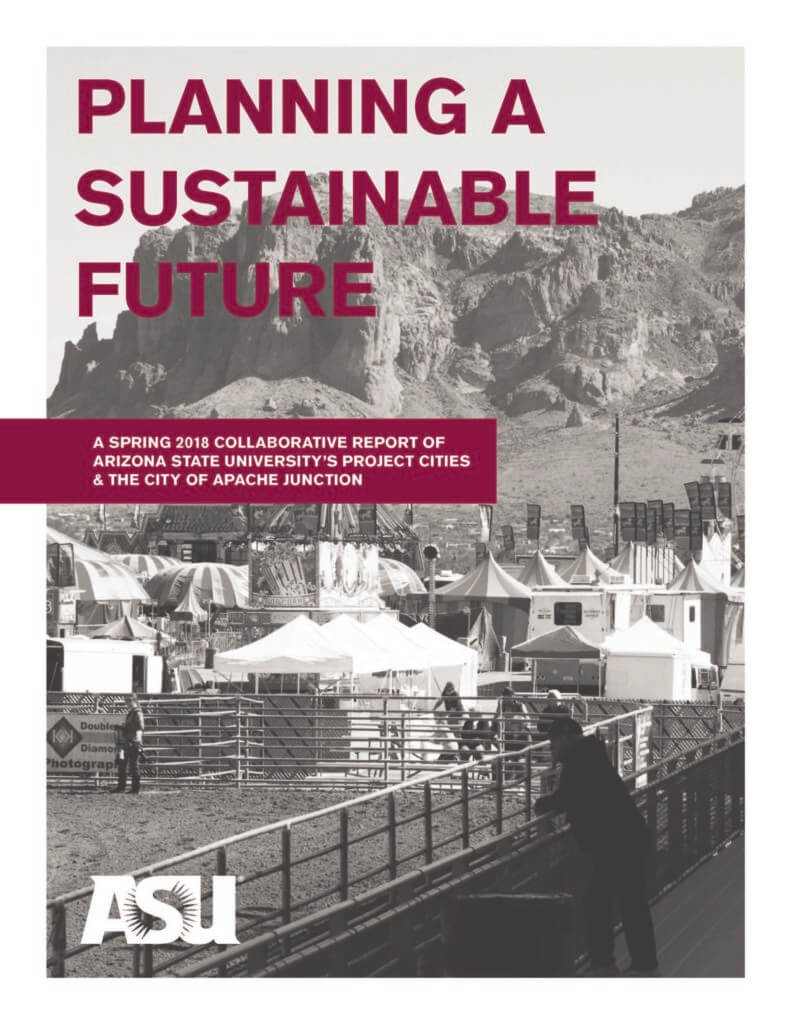
Planning a Sustainable Future
Recreation planning
Taught by Kenneth Brooks and Kevin Kellogg, students created a land use map and recommendations for the City, with particular attention to the needs of each project.
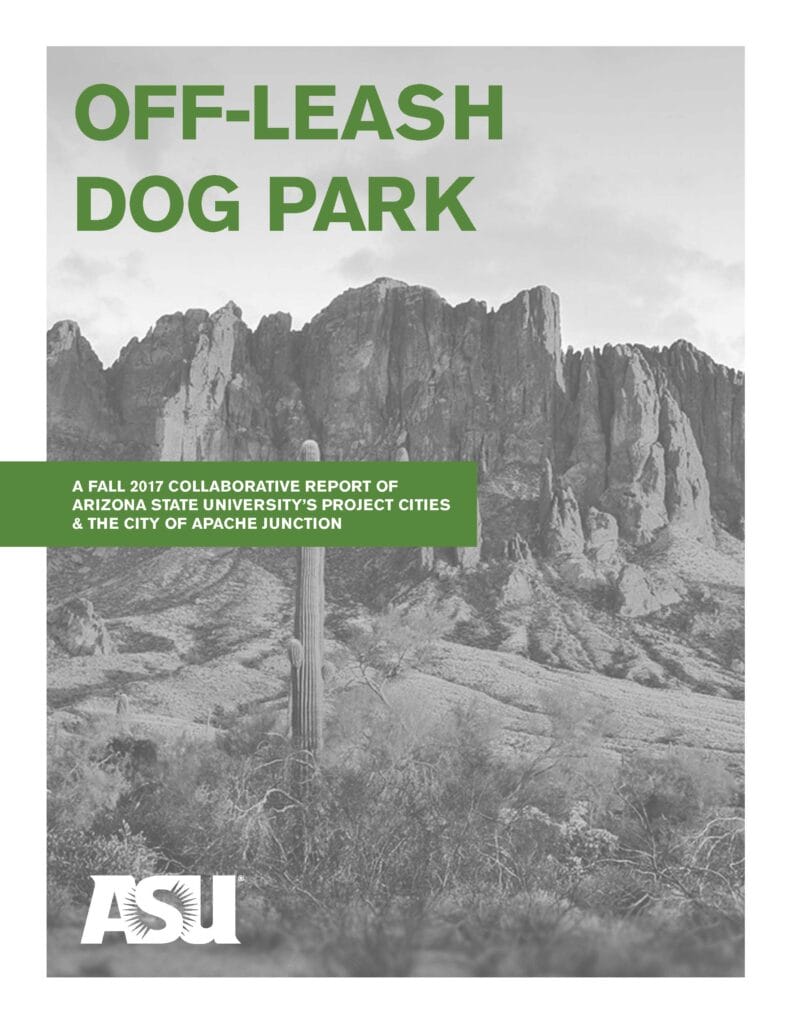
Off-Leash Dog Park
Community placemaking
Taught by Kenneth Brooks , Kevin Kellogg, and Stephani Etheridge Woodson, students created a land use map and recommendations for the City, with particular attention to the needs of each project.
Taught by Tatiana Batova, students reviewed the City’s website for ease of access, applicable information, and recommendations for improving content and layout.
Taught by Joshua MacFadyen, students produced a series of 8 local histories and published them in an online blog format.
Taught by Stephani Etheridge Woodson, students worked with local residents to tell stories related to the history of Apache Junction; the students then used live performances as a laboratory to develop and present these place-based stories.
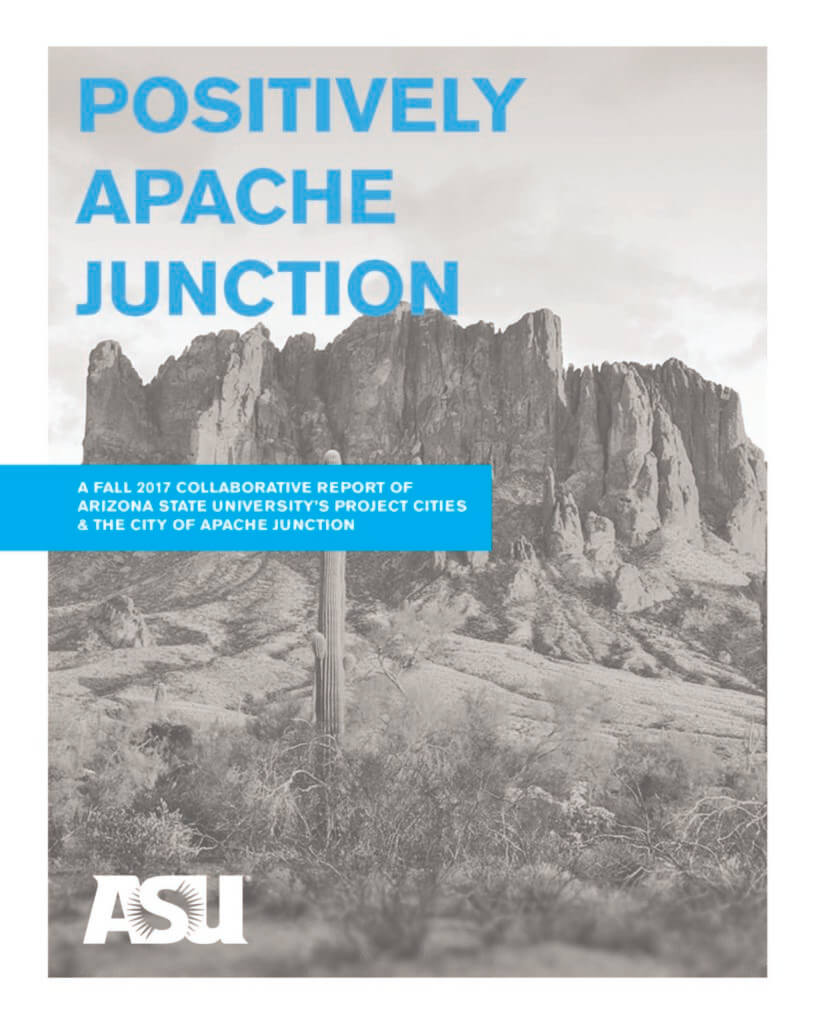
Positively Apache Junction (Part 1)

Positively Apache Junction (Part 2)
Sustainability and solid waste
Taught by Albert “Al” Brown, students analyzed incoming complaints registered by residents related to the City’s solid waste services and proposed research-backed solutions.
Taught by Kenneth Brooks and Kevin Kellogg, students created a land use map and recommendations for the City, with particular attention to the needs of each project.
Taught by Malcom Goggin, students pursued a variety of research topics, assessments, and analyses related to each project.
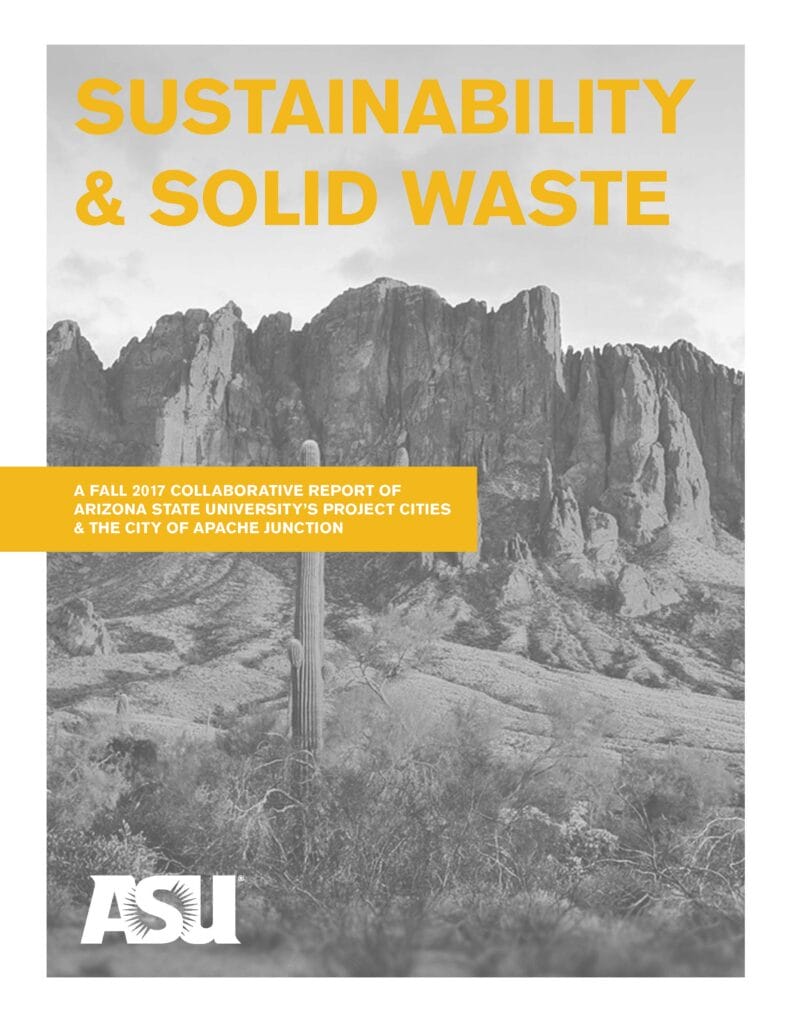
Sustainability & Solid Waste
Understanding homelessness
Taught by Kenneth Brooks and Kevin Kellogg, students will create a land use map and recommendations for the City, with particular attention to the needs of each project.
Taught by Malcom Goggin, students pursued a variety of research topics, assessments, and analyses related to each project.
Taught by Deirdre Pfeiffer, students will assess the homelessness situation in Apache Junction, relative to the services, boundaries, and scope compared with similar cities.
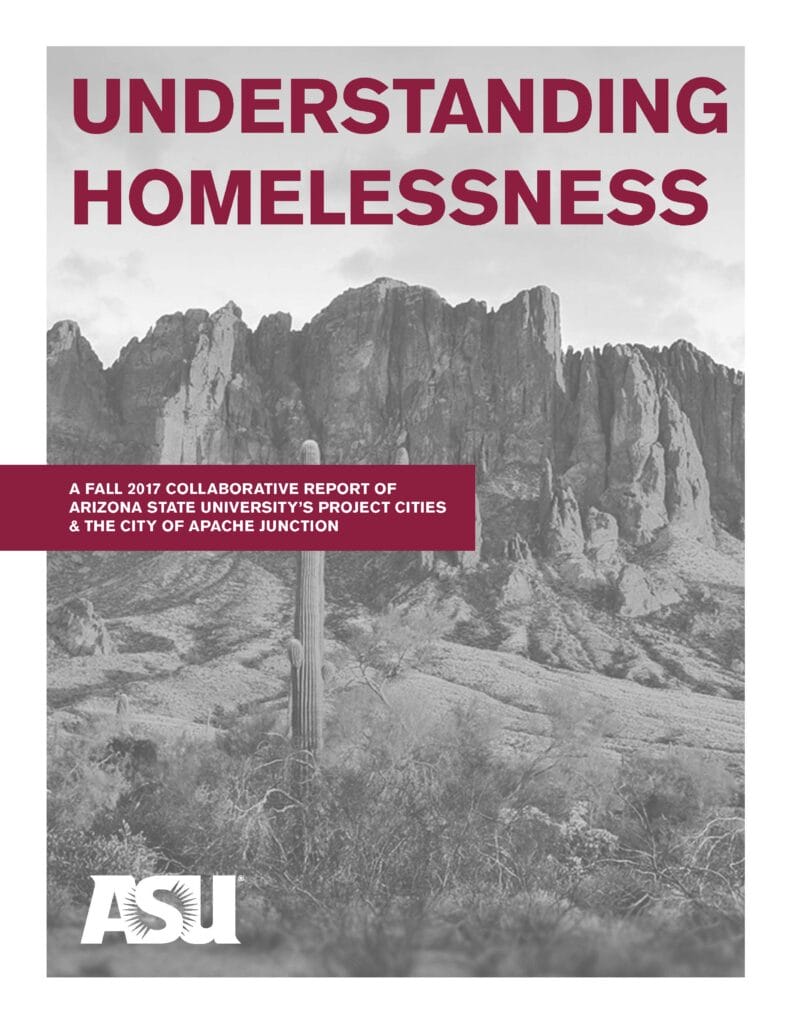
Understanding Homelessness
Land use planning
Taught by Kenneth Brooks and Kevin Kellogg, students will create a land use map and recommendations for the City, with particular attention to the needs of each project.

Land-use Planning
Apache Junction in the news

Apache Junction’s Dog Park Groundbreaking

ASU’s Project Cities program connects students with cities for a more sustainable state
The State Press,
February 11, 2019
Project Cities recognizes current community partner, Glendale AZ, while looking forward to new partnerships for 2019-20 academic year.
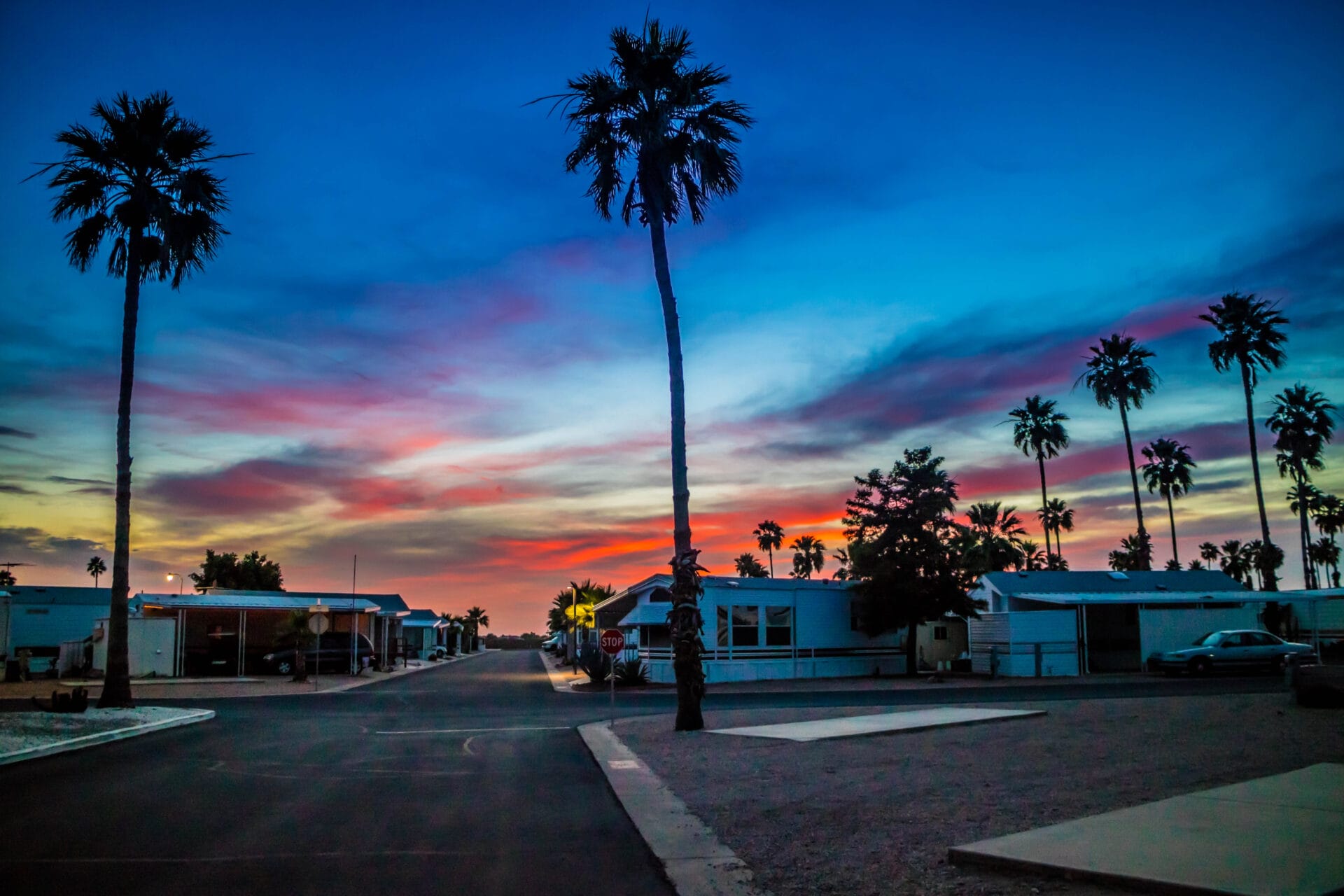
ASU students, faculty recognized for outstanding work in planning
ASU Now,
September 19, 2019
ASU Project Cities student receives AZ Planning Association’s Outstanding Student Project Award for her work in Apache Junction.

Apache Junction becomes inaugural partner of ASU’s Project Cities
Arizona State University’s Sustainable Cities Network,
August 29, 2019
New Project Cities program launches with its first community partner, the City of Apache Junction.
Related research projects
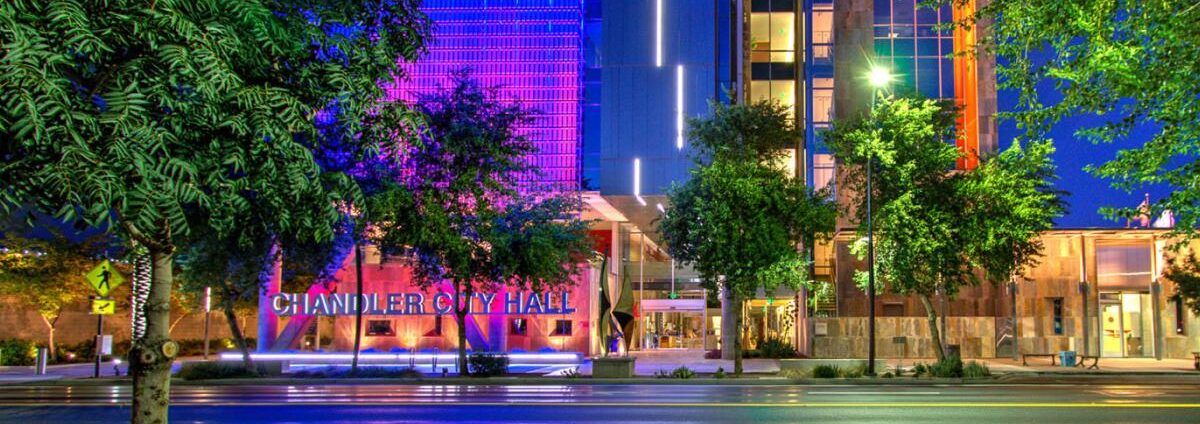
City of Chandler
Chandler, Arizona, located in southeast Maricopa County, is a dynamic city known for its booming economy, diverse culture, and strong sense of community. With a thriving tech industry, expansive parks and recreational facilities, and a range of cultural events, Chandler offers residents and visitors alike a high quality of life and abundant opportunities for work and play.

Town of Clarkdale
The Town of Clarkdale, Arizona is located on the banks of the Verde River in the north central part of Arizona. It is a thriving community and is the gateway to the Sycamore Canyon Wilderness Area in the beautiful Verde Valley.

Town of Kearny
Kearny, Arizona, is a picturesque town situated in Pinal County, within the scenic Gila River Valley. Established in the 1950s to support the nearby Ray Mine, Kearny is steeped in mining history and characterized by its close-knit community and small-town charm. The town is surrounded by stunning desert landscapes, offering residents and visitors alike opportunities for outdoor recreation and a tranquil lifestyle. Despite its small size, Kearny boasts a rich local heritage and a welcoming atmosphere.